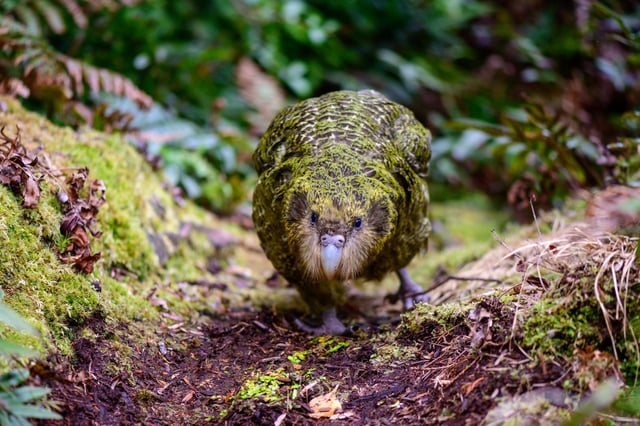Overview
- Ancient DNA and microscopic analyses of droppings spanning more than 1,500 years show nine of 16 original parasite taxa vanished before full‐population management in the 1990s and four more were lost since.
- Researchers report that over 80% of parasite species once detected in kākāpō feces are absent from the roughly 240 birds now living on sanctuary islands.
- Seven parasite species unique to the kākāpō were identified, and four of those host-specific taxa no longer exist in modern populations.
- Conservation measures such as deworming, population bottlenecks and island relocation have unintentionally accelerated parasite coextinctions, which may undermine host immunity and ecosystem balance.
- Study authors urge the creation of a global parasite conservation framework to integrate dependent species into biodiversity planning and address hidden coextinction risks.

